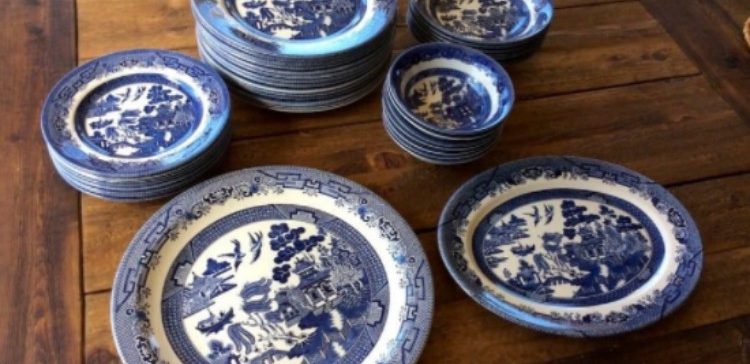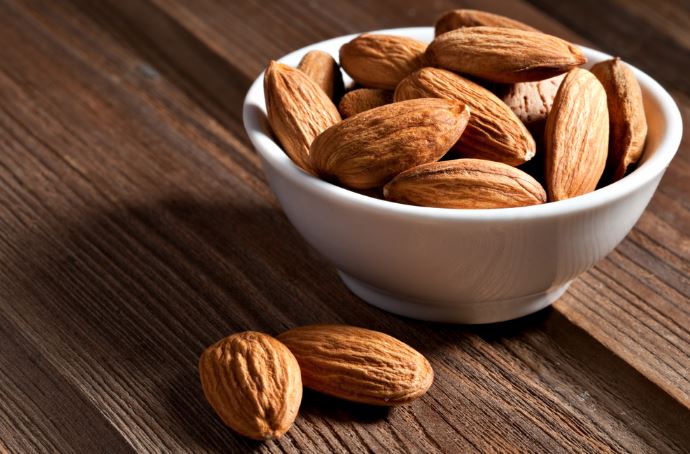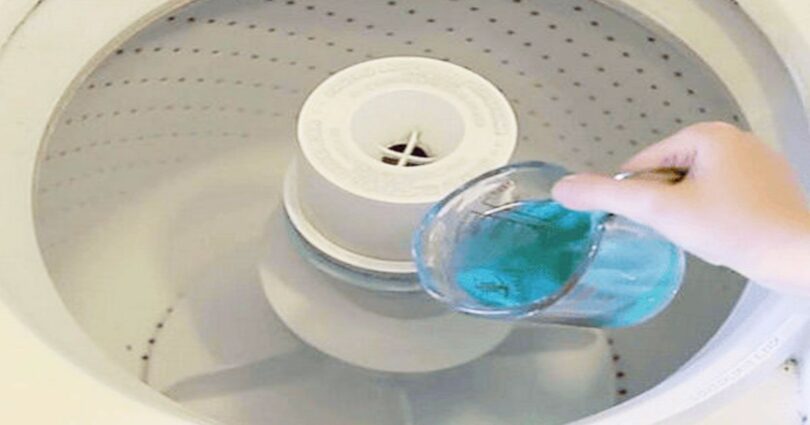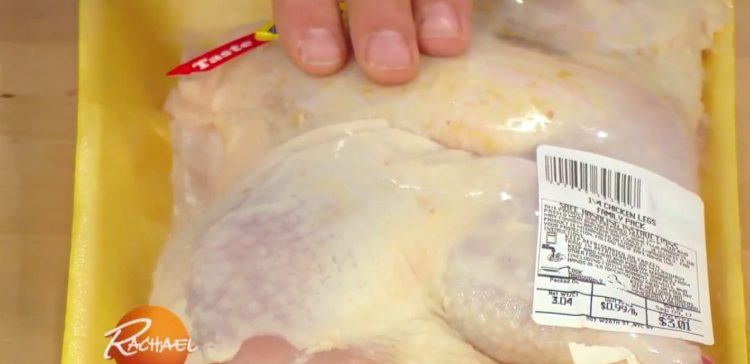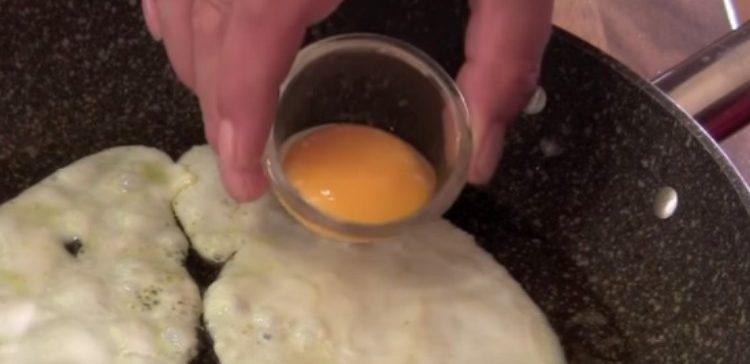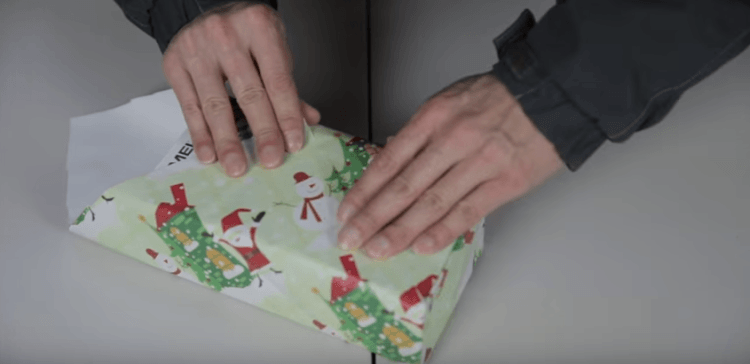If you grew up in a family that alternated between “everyday” and “fancy” dinnerware, chances are you know a little bit about one of the ultimate in plates, bowls, cups, and saucers: Blue Willow China. Because the timeless designs have been replicated on everything from clothing to stationery to wallpaper, it’s no wonder why the originals are still highly sought after today!
Here are 7 extraordinary facts about this beloved china.
1- The sets were not produced in China
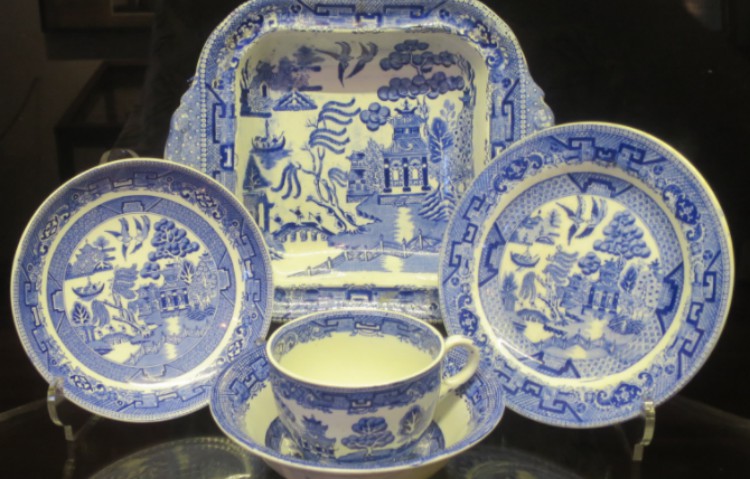
Thomas Minton, a fine china engraver from England, is credited with bringing the traditional Chinese designs to the West back in the late 1700’s. Though the designs were inspired by traditional Chinese pottery patterns, he decided to put his own spin on the fine dishware before releasing the line.
Fun fact: the iconic design wasn’t produced in China until the latter part of the 1980’s!
2- True Blue Willow China can only look like THIS
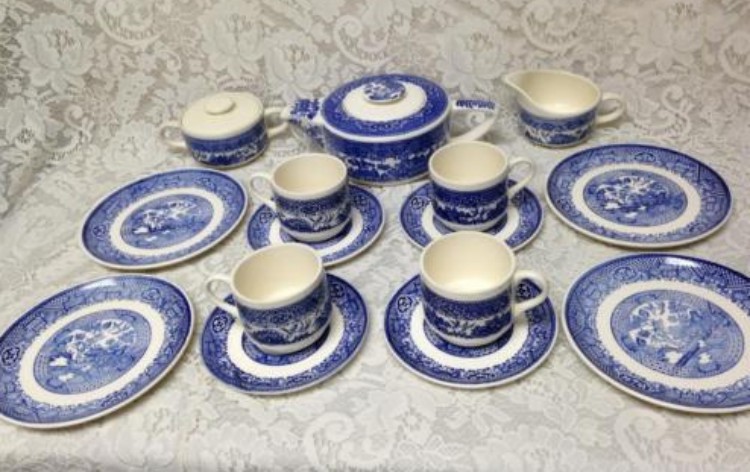
Although there have been plenty of imitators over the years, experts that sell and appraise Blue Willow China follow strict requirements. The first thing that appraisers consider is the design. If each piece doesn’t contain at least one of five features — a pagoda, a treehouse, a bridge with three crossing it, a fence, a Willow tree, or two flying birds — then it ain’t an original.
Interestingly enough, the dinnerware doesn’t need to be blue to meet these requirements. You can also find legit pieces that are red, green, or even multi-colored. Who knew?!
3- English Willow is the way to go
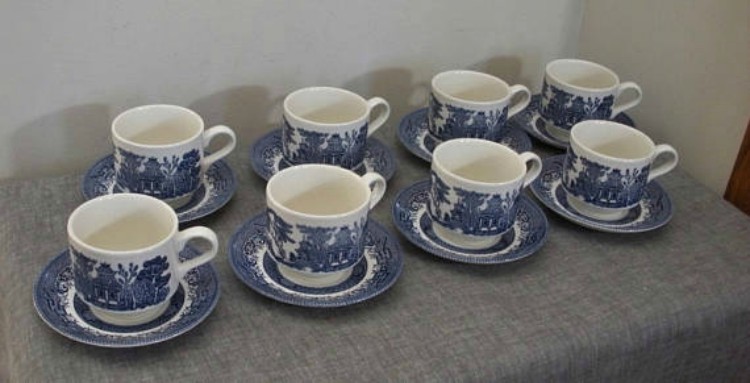
Although this iconic china has been produced in numerous countries, including the U.S., Puerto Rico, Poland, and Thailand, the plates manufactured in England are worth the most. If you happen to have pieces from 1780 to 1820 lying around, they could fetch you thousands of dollars!
Continue to the Next Page …

